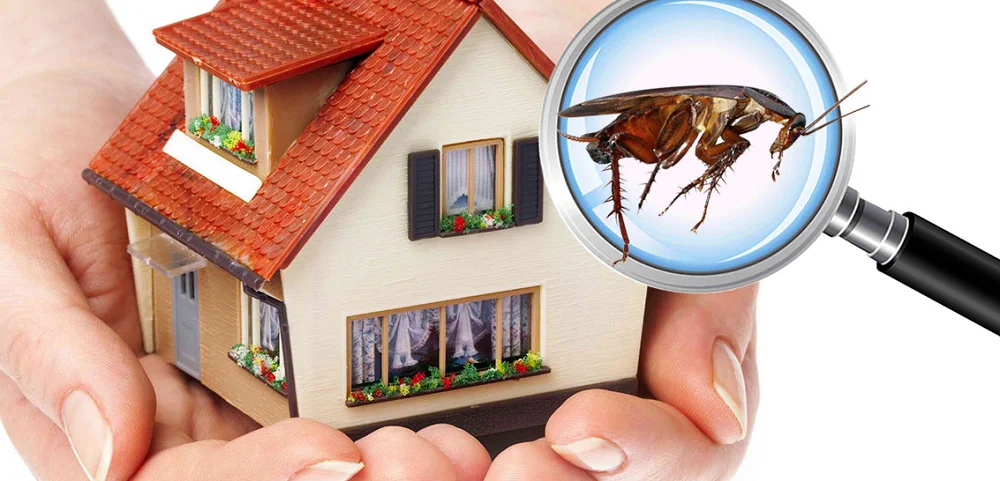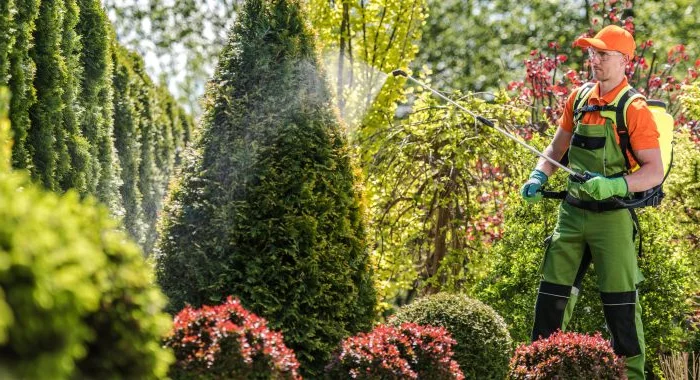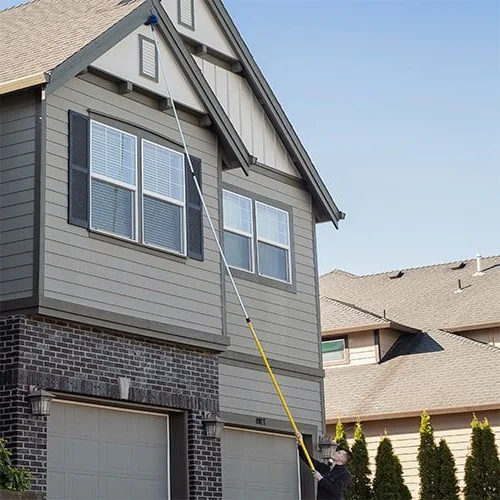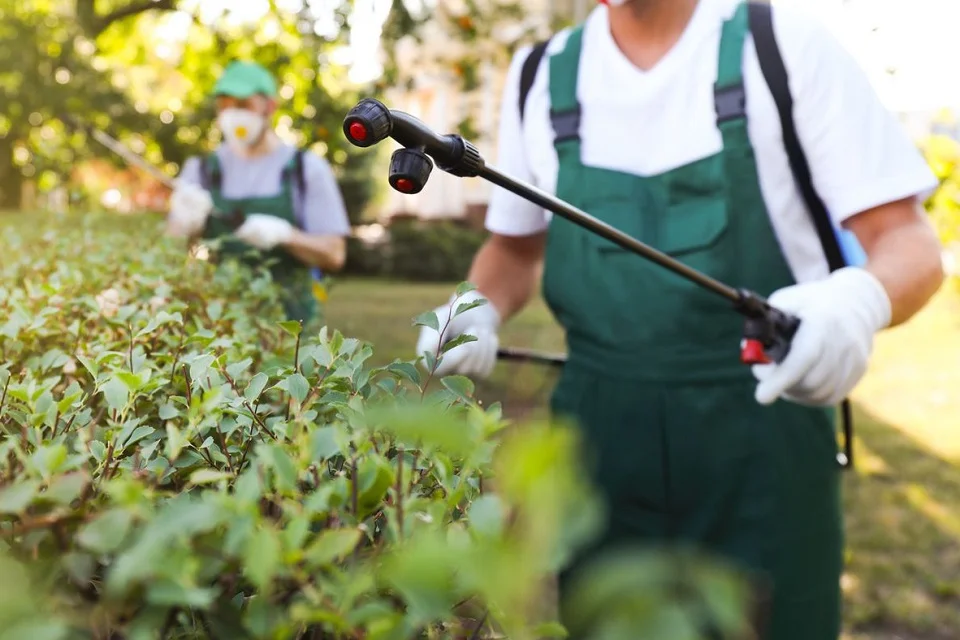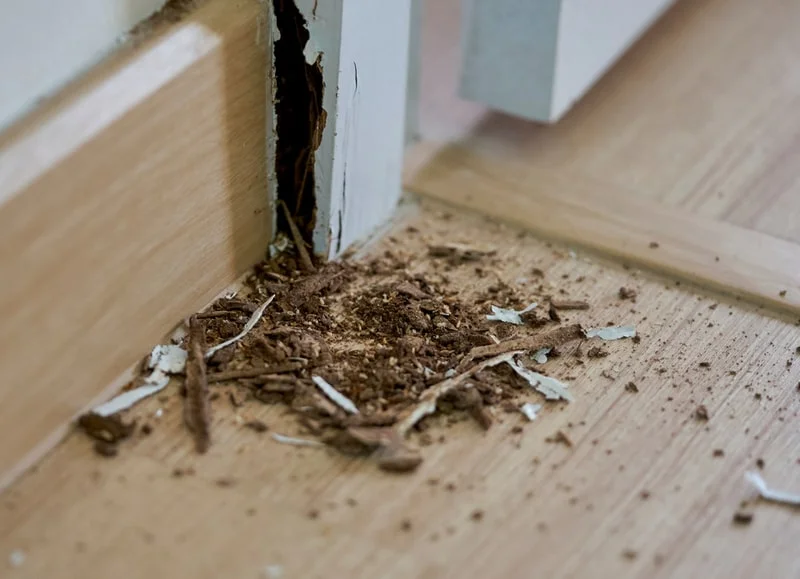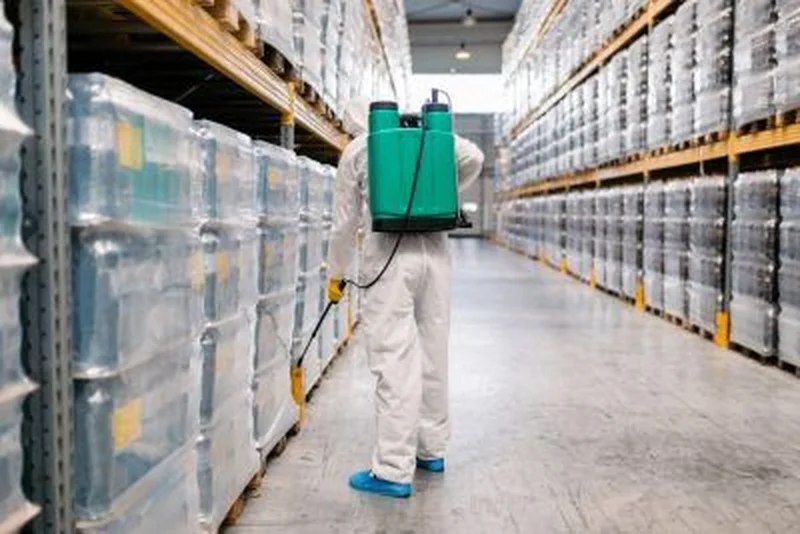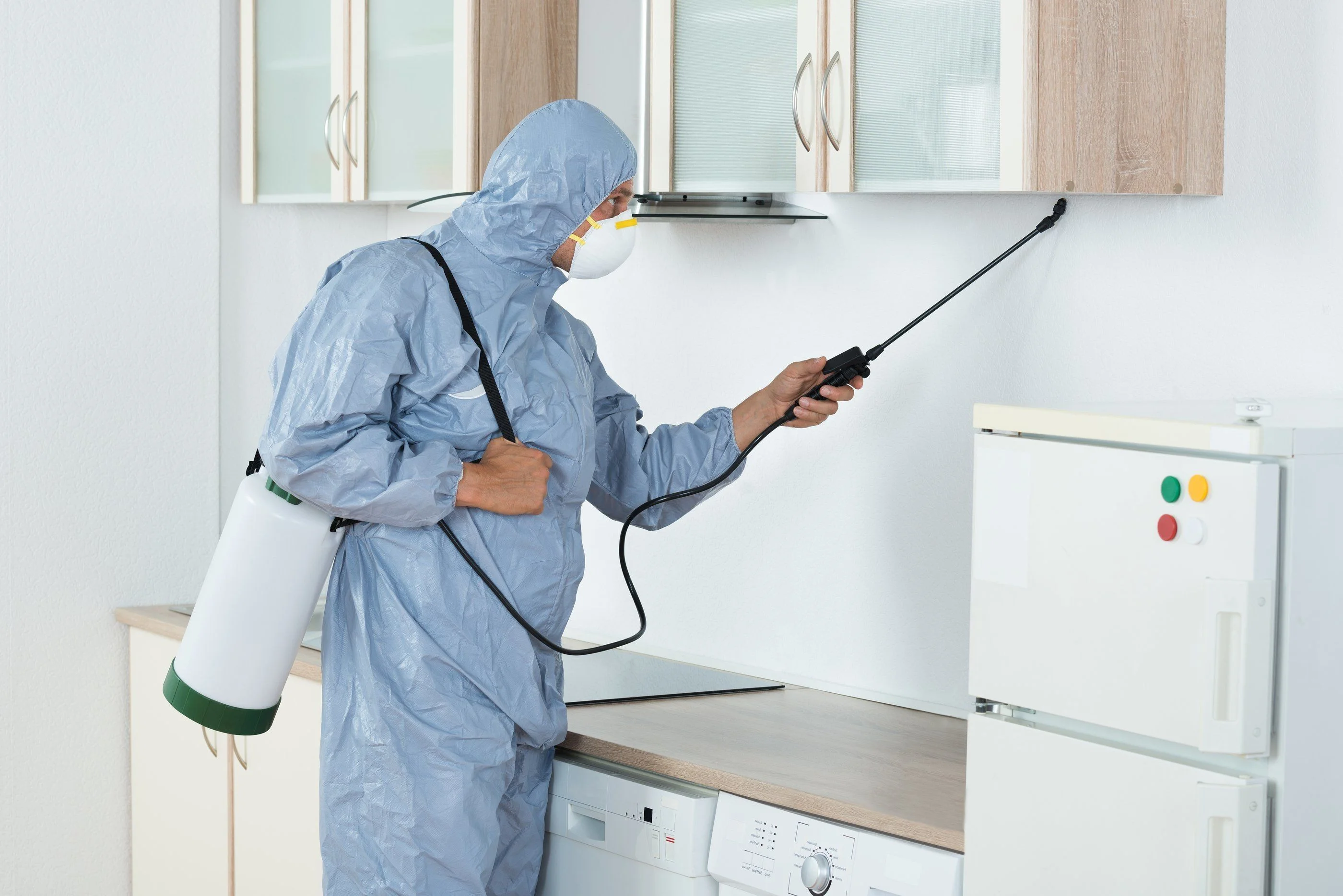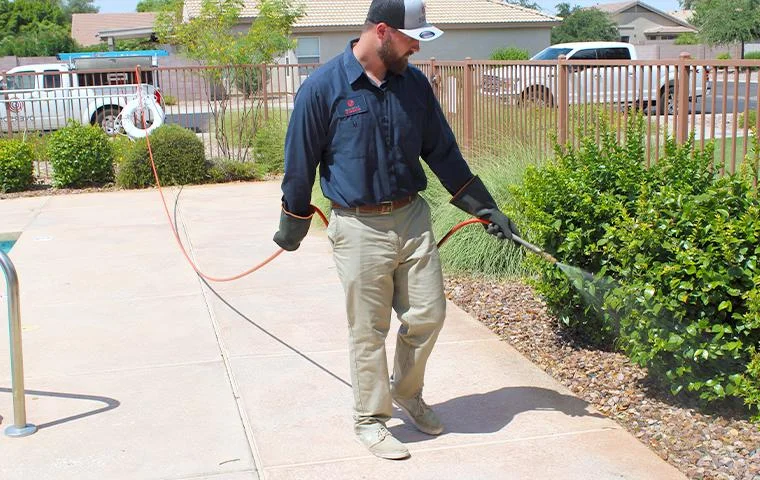Maine faces significant pressure from multiple carpenter ant species that excavate galleries in wood, particularly in structures near forested areas. Unlike termites (which are less common in Maine), carpenter ants don't consume wood but instead remove it to create nesting spaces, potentially causing serious structural damage in homes, outbuildings, and wooden landscape features. These large black or red-and-black ants establish both parent and satellite colonies, with the primary colony typically located outdoors in decaying wood while satellite colonies may develop within structural components.
Professional carpenter ant management combines thorough inspection to locate nest sites, targeted treatments of active colonies, elimination of moisture conditions supporting infestations, and preventative measures addressing potential entry points. Maine's extensive forests provide abundant natural habitat for these wood-destroying insects, creating continuous pressure on structures and necessitating comprehensive protection strategies, particularly for properties with mature trees, woodland borders, or existing moisture issues that make wooden components vulnerable to infestation.

